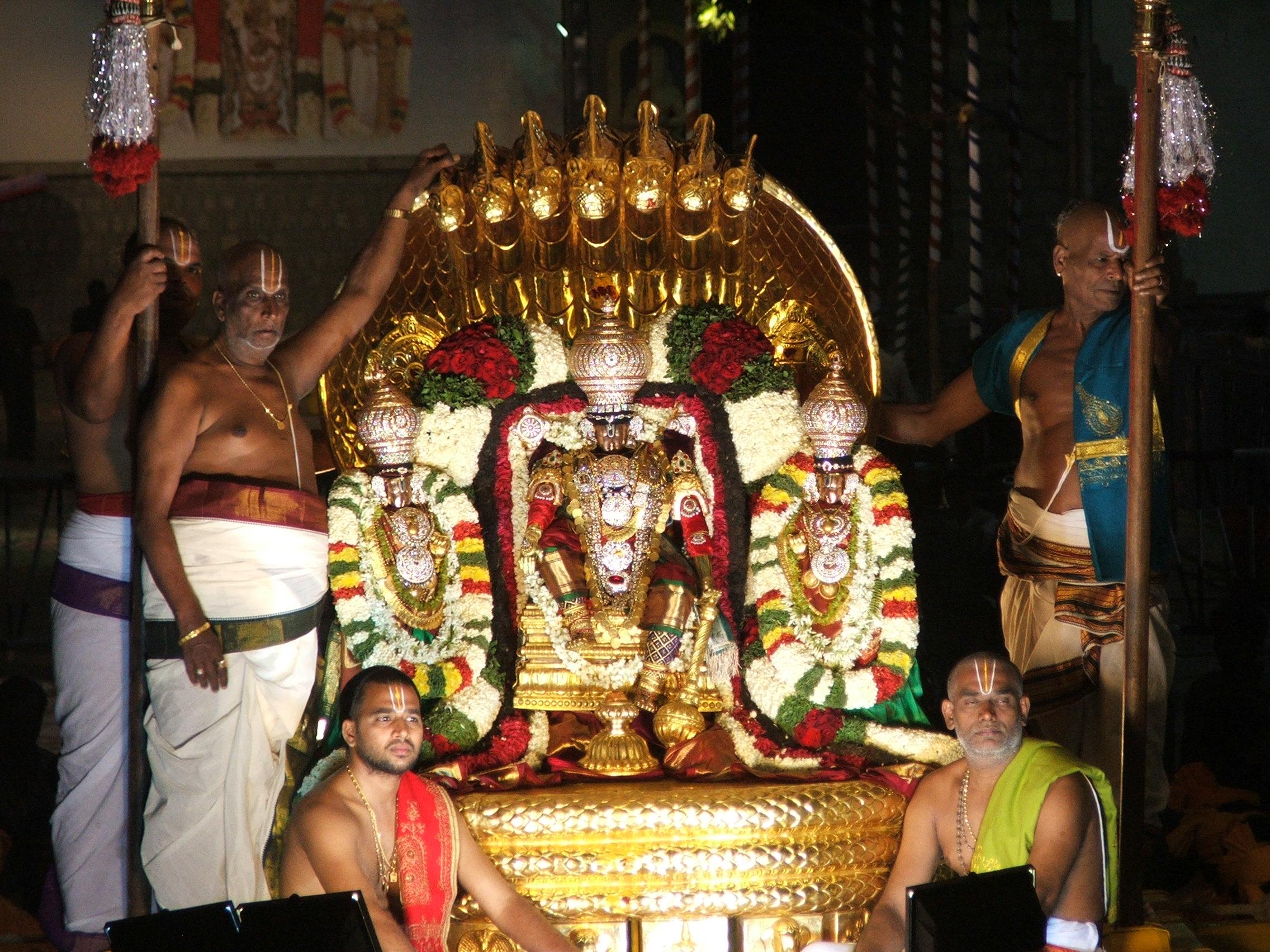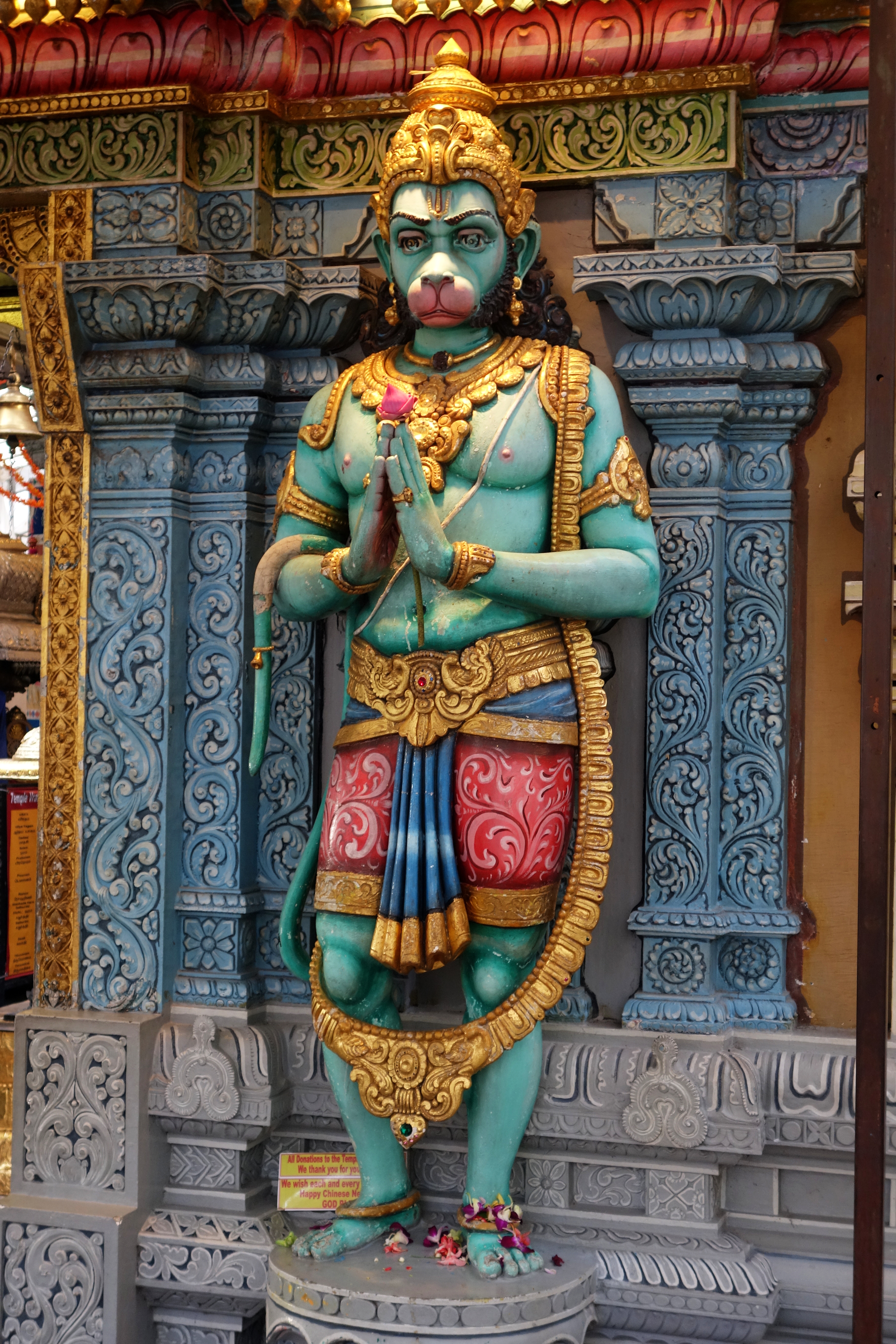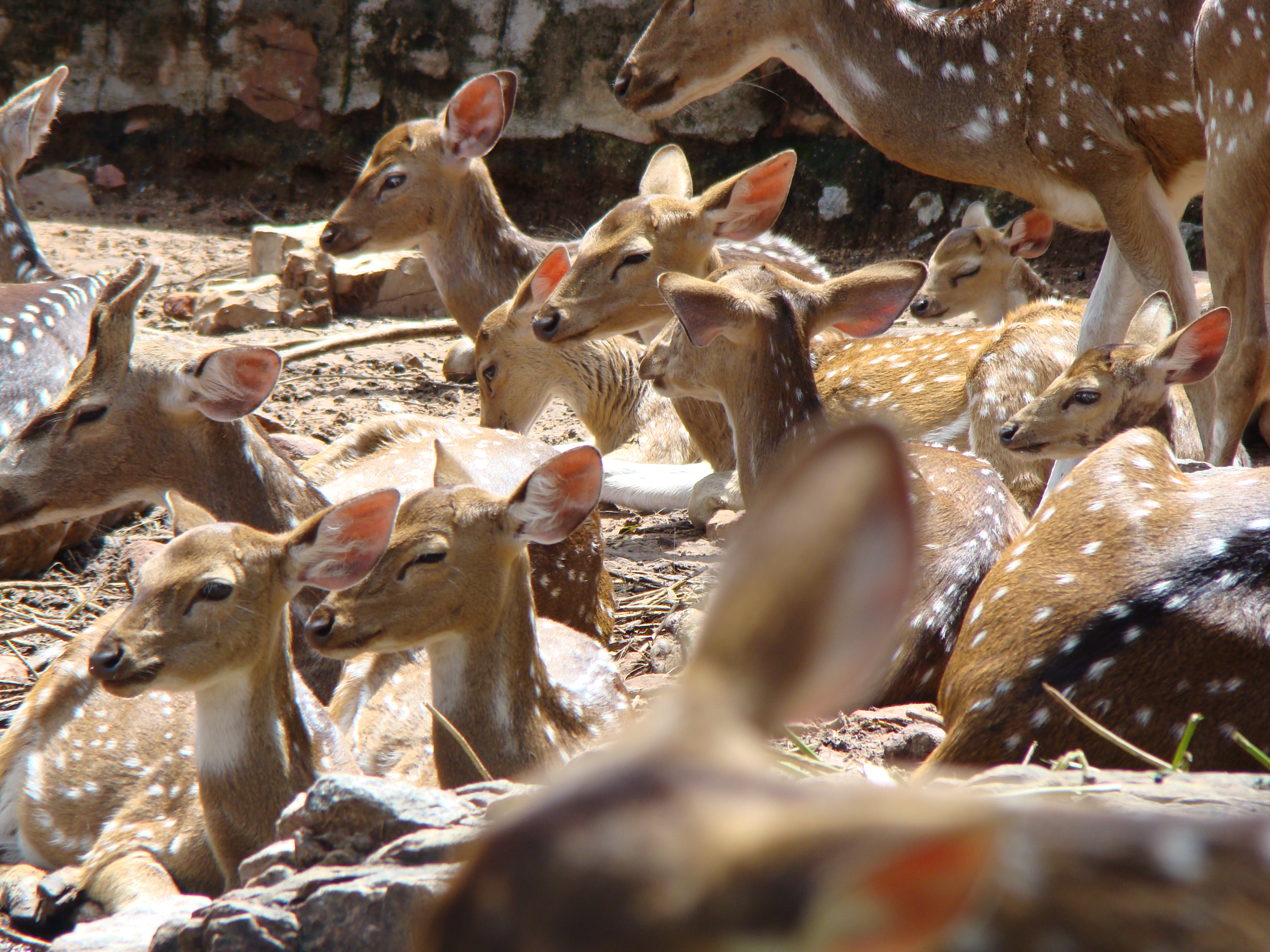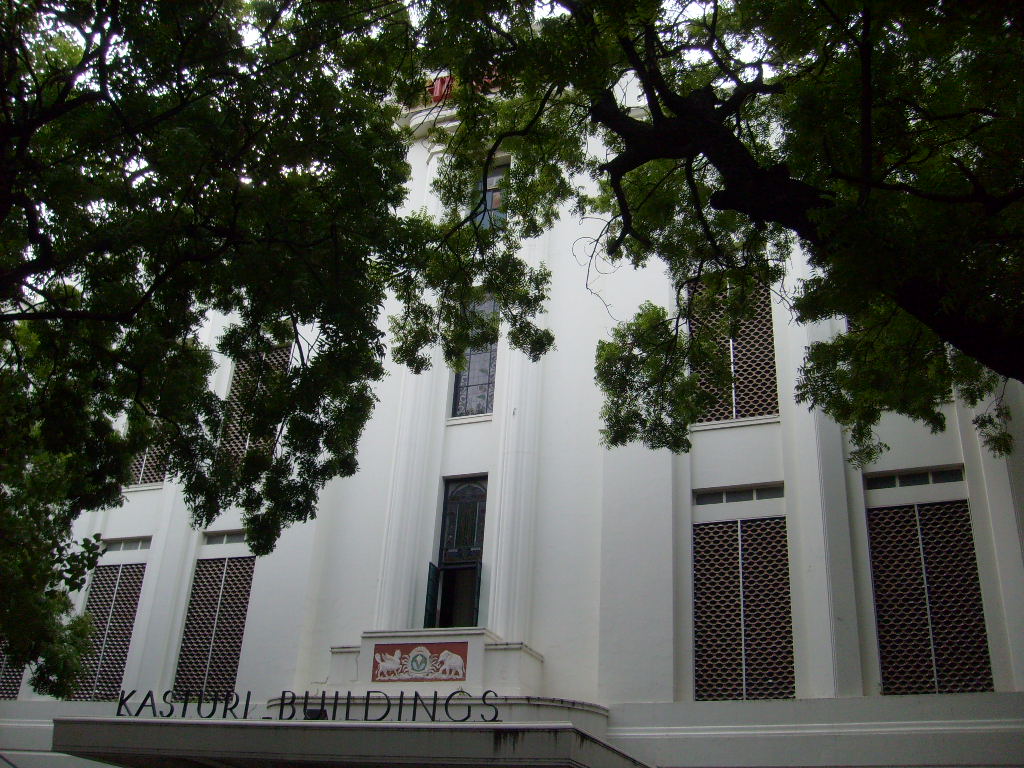|
Vasanthotsavam
Vasanthotsavam is an annual Seva celebrated in Tirumala to celebrate the arrival of spring season. Vasantotsavam is the combination of 2 words - "Vasantha" (Spring season in Sanskrit) and "Utsavam" (festival in Sanskrit). The festival is celebrated on the three days of ''tryodasi'', ''chaturdasi'' and ''pournami'' in the month of Chaitra In the Gregorian calendar, the festival occurs between the end of March through mid-April. History & start The start of the festival celebration in Tirumala is recorded during the period of Achyutaraya (Saka 1460). The festival was started with the fund of 3000 narpanam contributed by Periya Solai, the son of the accountant in the temple. Function The festival starts with ''ankurarpanam'' (sowing the nine kind of seeds) ceremony conducted on the day of Uttarabhadra star in Hindu calendar month of phalguna. One day before the start of the Vasanthotsavam festival, ''punya vachanam'' (purificatory rites), ' (worship of deity and lord of nature a ... [...More Info...] [...Related Items...] OR: [Wikipedia] [Google] [Baidu] |
Malayappa Swami
Malayappa Swami is the current ''utsava murti'' (procession deity) in the Tirumala Venkateswara Temple, Tirumala. Malayappa Swami is worshipped during religious ceremonies and processions wherein it would be inappropriate to use the main deity (for example one which requires the deity to be carried or moved). The two deities are worshipped equally and believed to be non-different in personality. The Malayappa deity is classed as a Swayambhu and was discovered in 1339 AD. Initial records state his original name as ''Malai Kuniya Ninra Perumal'' (Lord stood on the hill which bowed low to Him) History Ugra Srinivasa was the first ''utsava murti'' (procession idol) at the Tirumala Temple. In the 14th century AD, it is said that during the procession, a fire broke out in the village and destroyed most of the houses. Many believe the fire happened because of Ugra Srinivasa's angry aspects since ''Ugra'' means angry. A vision appeared to a devotee stating that the Ugra Srinivasa idol ... [...More Info...] [...Related Items...] OR: [Wikipedia] [Google] [Baidu] |
Tirumala Venkateswara Temple
Sri Venkateswara Swami Vaari Temple is a Hindu temple situated in the hill town of Tirumala at Tirupati in Tirupati district of Andhra Pradesh, India. The Temple is dedicated to Venkateswara, a form of Vishnu, who is believed to have appeared on the earth to save mankind from trials and troubles of ''Kali Yuga''. Hence the place has also got the name Kaliyuga Vaikuntha and the Lord here is referred to as Kaliyuga Prathyaksha Daivam. The temple is also known by other names like Tirumala Temple, Tirupati Temple and Tirupati Balaji Temple. Venkateswara is known by many other names: Balaji, Govinda, and Srinivasa. The temple is run by Tirumala Tirupati Devasthanams (TTD), which is under control of Andhra Pradesh Government. The head of TTD is appointed by Andhra Pradesh Government. The revenue from this shrine is used by Andhra Pradesh government. Tirumala Hills are part of Seshachalam Hills range. The hills are above sea level and comprise seven peaks, representing the seven hea ... [...More Info...] [...Related Items...] OR: [Wikipedia] [Google] [Baidu] |
Tirumala Krishna Idol
Tirumala Krishna idol is one of the idols in the Tirumala Venkateswara Temple, Andhra Pradesh, India. While the temple is dedicated to worship of lord Vishnu as Venkateswara, it contains the idols of some of Vishnu's other avatars - Krishna and Rama. The temple also has the idol of Rukmini, wife of Lord Krishna. Idol description The idol of Lord Krishna is seen in the ''navanitha nritya'' (celestial dance) pose of a child. The lord is seen in the dancing pose with his left hand stretched out in a dancing pose and the left leg placed on the pedestal. The right leg is bent at the knee and doesn't rest on the pedestal. The right hand holds a dollop of butter. Rukmini Idol The idol of Rukmini devi has a lotus in the left hand while the right hand is in the blessing pose. The idol is on a lotus pedestal. The details of the exact date when the idol was consecrated, the history of the idol and whether it was found/made along with the Krishna idol is not known. Idol history There are ... [...More Info...] [...Related Items...] OR: [Wikipedia] [Google] [Baidu] |
Vada (food)
Vada is a category of savoury fried snacks native to South India. Vadas can be described variously as fritters, cutlets, or dumplings. Alternative names for this food include vadai, vade, and bada. Vadas are sometimes stuffed with vegetables and traditionally served with chutneys and sambar. In North India and Pakistan, Bhalla is a similar food. It is sold in chaat shops and kiosks; Green bean paste is added with spices, which is then deep fried to make croquets. They are then garnished with dahi (yogurt), Saunth chutney (dried ginger and tamarind sauce) and spices. Bhalla is usually served cold unlike the Aloo Tikki. The various types of vadas are made from different ingredients, ranging from legumes (such as medu vada of South India) to potatoes (such as batata vada of West India). They are often served as a breakfast item or a snack, and also used in other food preparations (such as dahi vada and vada pav). History According to K. T. Achaya, Vadai (Vada) was ... [...More Info...] [...Related Items...] OR: [Wikipedia] [Google] [Baidu] |
Dosas
A dosa, also called dosai, dosey, or dosha, is a thin pancake in South Indian cuisine made from a fermented batter of ground black lentils and rice. Dosas are popular in South Asia as well as around the world. Dosas are served hot, often with chutney and sambar. History Dosas originated in South India, but its precise geographical origins are unknown. According to historian P. Thankappan Nair, dosa originated in the town of Udupi in present-day Karnataka. However, according to food historian K. T. Achaya, references in the Sangam literature suggest that dosa was already in use in the ancient Tamil country around the 1st century. Achaya states that the earliest written mention of dosa appears in literature of present-day Tamil Nadu, in the 8th century, while the earliest mention of dosa in the Kannada literature appears a century later. In popular tradition, the origin of the dosa is linked to Udupi, probably because of the dish's association with Udupi restaurants. The T ... [...More Info...] [...Related Items...] OR: [Wikipedia] [Google] [Baidu] |
Silk
Silk is a natural protein fiber, some forms of which can be woven into textiles. The protein fiber of silk is composed mainly of fibroin and is produced by certain insect larvae to form cocoons. The best-known silk is obtained from the cocoons of the larvae of the mulberry silkworm '' Bombyx mori'' reared in captivity ( sericulture). The shimmering appearance of silk is due to the triangular prism-like structure of the silk fibre, which allows silk cloth to refract incoming light at different angles, thus producing different colors. Silk is produced by several insects; but, generally, only the silk of moth caterpillars has been used for textile manufacturing. There has been some research into other types of silk, which differ at the molecular level. Silk is mainly produced by the larvae of insects undergoing complete metamorphosis, but some insects, such as webspinners and raspy crickets, produce silk throughout their lives. Silk production also occurs in hymenopte ... [...More Info...] [...Related Items...] OR: [Wikipedia] [Google] [Baidu] |
Indian Rupee
The Indian rupee (symbol: ₹; code: INR) is the official currency in the republic of India. The rupee is subdivided into 100 '' paise'' (singular: ''paisa''), though as of 2022, coins of denomination of 1 rupee are the lowest value in use whereas 2000 rupees is the highest. The issuance of the currency is controlled by the Reserve Bank of India. The Reserve Bank manages currency in India and derives its role in currency management on the basis of the Reserve Bank of India Act, 1934. Etymology The immediate precursor of the rupee is the ''rūpiya''—the silver coin weighing 178 grains minted in northern India by first Sher Shah Suri during his brief rule between 1540 and 1545 and adopted and standardized later by the Mughal Empire. The weight remained unchanged well beyond the end of the Mughals until the 20th century. Though Pāṇini mentions (), it is unclear whether he was referring to coinage. ''Arthashastra'', written by Chanakya, prime minister to the first Mau ... [...More Info...] [...Related Items...] OR: [Wikipedia] [Google] [Baidu] |
Hanuman
Hanuman (; sa, हनुमान, ), also called Anjaneya (), is a Hindu god and a divine '' vanara'' companion of the god Rama. Hanuman is one of the central characters of the Hindu epic ''Ramayana''. He is an ardent devotee of Rama and one of the Chiranjivis. Hanuman is regarded to be the son of the wind-god Vayu, who in several stories played a direct role in Hanuman's birth, and considered to be an incarnation or son of Shiva in Shaivism. Hanuman is mentioned in several other texts, such as the epic ''Mahabharata'' and the various Puranas. Evidence of devotional worship to Hanuman is largely absent in these texts, as well as in most archeological sites. According to Philip Lutgendorf, an American Indologist, the theological significance of Hanuman and devotional dedication to him emerged about 1,000 years after the composition of the ''Ramayana'', in the 2nd millennium CE, after the arrival of Islamic rule in the Indian subcontinent.Paula Richman (2010), ''Revie ... [...More Info...] [...Related Items...] OR: [Wikipedia] [Google] [Baidu] |
Tirumala Rama Idol
Tirumala is a spiritual town in Tirupati district of the Indian state of Andhra Pradesh. It is one of the suburbs of the Tirupati urban agglomeration. The town is a part of Tirupati Urban Development Authority and located in Tirupati (rural) mandal of Tirupati revenue division. It is a hill town where Tirumala Venkateswara Temple is located, which is the abode of Vishnu. The town is strictly vegetarian. Geography Tirumala is located above sea level and covers an area of approximately . Surrounding the hills are seven peaks of Seshachalam range, Eastern Ghats namely Seshadri, Neeladri, Garudadri, Anjanadri, Vrushabadri, Narayanadri and Venkatadri. The temple of Sri Venkateswara is on the seventh peak ( Venkatadri). At the point on the Tirupati – Tirumala Ghat road, there is a major discontinuity of stratigraphic significance that represents a period of remarkable serenity in the geological history of the Earth. This is referred to as the Eparchaean Unconformity. This u ... [...More Info...] [...Related Items...] OR: [Wikipedia] [Google] [Baidu] |
The Hindu
''The Hindu'' is an Indian English-language daily newspaper owned by The Hindu Group, headquartered in Chennai, Tamil Nadu. It began as a weekly in 1878 and became a daily in 1889. It is one of the Indian newspapers of record and the second most circulated English-language newspaper in India, after '' The Times of India''. , ''The Hindu'' is published from 21 locations across 11 states of India. ''The Hindu'' has been a family-owned newspaper since 1905, when it was purchased by S. Kasturi Ranga Iyengar from the original founders. It is now jointly owned by Iyengar's descendants, referred to as the "Kasturi family", who serve as the directors of the holding company. The current chairperson of the group is Malini Parthasarathy, a great-granddaughter of Iyengar. Except for a period of about two years, when S. Varadarajan held the editorship of the newspaper, the editorial positions of the paper were always held by members of the family or held under their direction. His ... [...More Info...] [...Related Items...] OR: [Wikipedia] [Google] [Baidu] |
Tirumala
Tirumala is a spiritual town in Tirupati district of the Indian state of Andhra Pradesh. It is one of the suburbs of the Tirupati urban agglomeration. The town is a part of Tirupati Urban Development Authority and located in Tirupati (rural) mandal of Tirupati revenue division. It is a hill town where Tirumala Venkateswara Temple is located, which is the abode of Vishnu. The town is strictly vegetarian. Geography Tirumala is located above sea level and covers an area of approximately . Surrounding the hills are seven peaks of Seshachalam range, Eastern Ghats namely Seshadri, Neeladri, Garudadri, Anjanadri, Vrushabadri, Narayanadri and Venkatadri. The temple of Sri Venkateswara is on the seventh peak ( Venkatadri). At the point on the Tirupati – Tirumala Ghat road, there is a major discontinuity of stratigraphic significance that represents a period of remarkable serenity in the geological history of the Earth. This is referred to as the Eparchaean Unconformity. This u ... [...More Info...] [...Related Items...] OR: [Wikipedia] [Google] [Baidu] |







